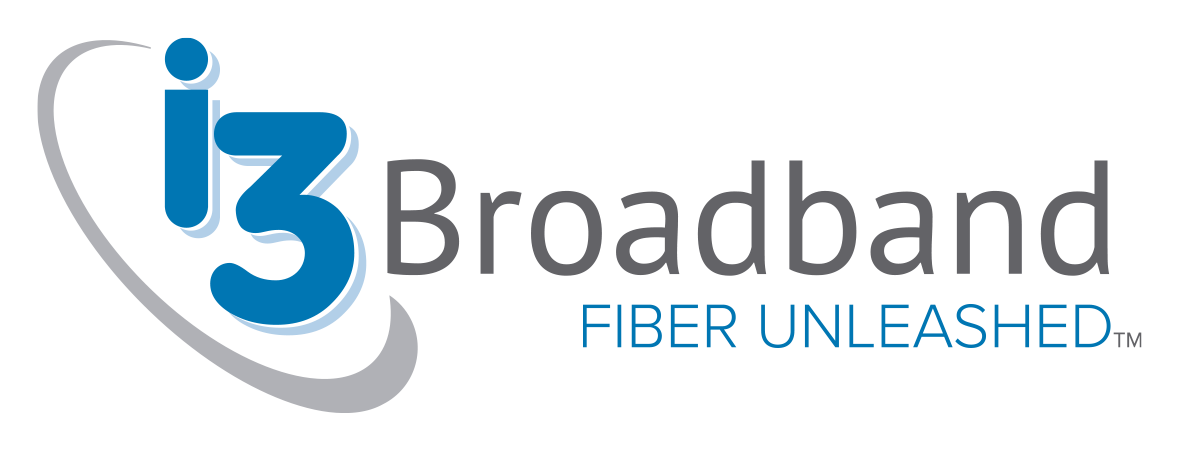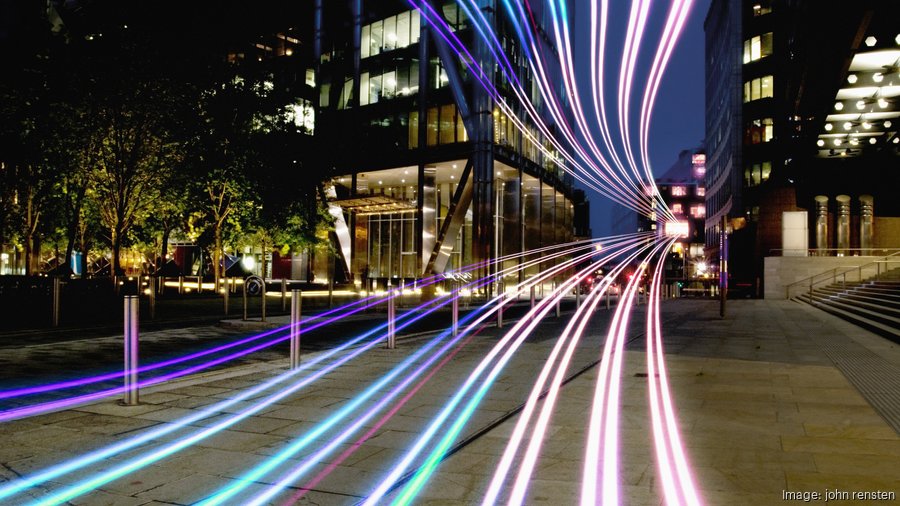Fiber broadband is spreading across the country like a rapidly expanding network of tree roots, passing under more communities every day.
Fiber providers reached 7.9 million additional homes in the U.S. in 2022 — the highest annual deployment ever, according to the Fiber Broadband Association’s most recent survey of providers. There are now 68 million fiber broadband passings in the U.S., 13% more than a year ago and 27% more than two years prior.
The association expects even higher levels of fiber-to-home deployments over the next five years as federal funding programs focused on increasing internet access for specific markets and populations fuel a faster expansion. Providers plan to roll out fiber to at least 6.5 million locations this year alone, according to an analysis of industry earnings calls.
St. Louis is one of the many communities where fiber is expanding. In June, i3 Broadband announced it was adding multi-gig tiers and price structures for customers in the Greater St. Louis area, including the latest 8-gigabit tier — the region’s fastest residential internet service speed — and a new 2-gigabit option. All i3 Fiber tiers offer equal upload and download speeds and will be available throughout the entire Greater St. Louis region.
Mike Elam, vice president of community affairs and market development for i3 in St. Louis, sheds light on the area’s fiber expansion and addresses several common myths and misconceptions about fiber internet services.
Myth 1. Fiber broadband works the same as cable.
Consumers often assume fiber and cable broadband are similar, but they differ in several ways, beginning with how they work. Cable customers connect to the internet via coaxial cables made of copper and metal, while fiber strands are composed of glass and light. In other words, fiber better withstands water and weather over time, Elam said.
More importantly, he said, fiber also transmits data at the same speed regardless of whether it is being uploaded to or downloaded from the internet. Conversely, cable broadband downloads data faster than it uploads.
“When the pandemic hit, people learned the limitations of cable. Fiber took off because people with cable were having trouble with video calls freezing due to slow upload speeds and lack of bandwidth,” Elam said.
He compared the difference between a symmetrical connection like fiber and an asymmetrical connection like cable to the experience of driving to a downtown St. Louis Cardinals baseball game from the suburbs.
“If you drive downtown with 10 lanes and home with 10 lanes, traffic flow is not a problem. But if you drive to the game with 10 lanes and come home with only one lane of traffic, everything slows down and is stop-and-go,” Elam explained. In delivering fast speeds both uploading and downloading, fiber provides a smoother experience than cable, he noted.
Myth 2. Pricing is opaque, unpredictable and/or unreasonable.
The broadband industry, in general, has built itself on promotional pricing, Elam said. Providers offer customers discounted service for a limited time, then raise their rates. As a result, consumers often move from one provider to another to get the deals offered to new customers.
“People are tired of playing that game because they must switch providers to get the best pricing. Existing customers aren’t valued the same,” Elam said.
Acknowledging these frustrations, i3 Broadband, for example, offers the same prices to new and existing customers. St. Louis customers can choose from four speeds, which vary in price.
“It’s time to get your initial price as an everyday rate,” Elam said. “If you want to go faster, you can pay more. If you want to save money, you can drop in speed and price. You can get out of the promotion game and lock in your price.”
Myth 3. Support is unreliable.
The internet provider industry as a whole has developed a poor reputation for service, Elam said. But that is not always deserved, he added. “As with any technology, things can go wrong. The best providers keep the community in mind in these cases, with communication and support especially for those who depend on our services for their livelihood.”
In i3Broadband’s case, the company has one of the highest customer satisfaction scores in the industry and does not require residential service contracts, impose data limits or charge installation or activation fees.
I3 Broadband also has local technicians on the ground in every market it serves. The company’s customer support team is entirely U.S.-based and expands along with the company’s service territory. “Some providers may have expanded their offerings faster than they could expand their support. But if you have a problem with i3’s service, we can get someone to help you as soon as possible,” Elam said.
Myth 4. Fiber installation is not worth it to the community.
Consumers sometimes decry broadband projects because they seem disruptive to neighborhoods. Digging trenches and laying lines is necessary and, yes, can indeed be inconvenient.
However, unlike with cable, which requires new lines to support higher connection speeds, providers only need to install fiber one time, Elam said. No replacements are needed to improve service.
“Once you have fiber installed in your neighborhood, the speed upgrades can happen without anyone having to come back to dig up your neighborhood again,” Elam said, noting providers can increase speeds by switching out fiberoptic cards in their delivery networks instead.
And the added advanced technology is worth the infrastructure. Many corporations will not consider locating to or expanding in a community that does not have a true fiber network available, Elam said. More businesses mean more jobs and more jobs helps build and maintain vital and active communities.
Researchers in Japan found fiber is capable of transmitting up to 317 terabits of data per second, the equivalent of 317,000 gigabits, Elam said.
Even the city of Chattanooga, Tennessee, which already has fiber connection speeds up to 25 gigabits, has a long way to go before reaching the maximum speeds determined by researchers, he noted. So, a community could benefit well after fiber is installed.
“It wasn’t that long ago when we thought DSL was fast. Who would have thought we would have gone to 25 gigs in just a short period of time?” Elam said. Home and property owners also realize having fiber connected into residences increases the value of the home or property by as much 3%.
As fiber gets faster, so does the pace at which it is being installed, and the network continues to spread.
Learn more about all the available fiber internet options in the Greater St. Louis area at i3broadband.com/GreaterStLouis.
Author: Jim Molis – Contributor | St. Louis Business Journal | Jim Molis is a freelance writer for The Business Journals Content Studio.
Published: August 2, 2023
Source: https://www.bizjournals.com/stlouis/news/2023/08/02/4-fiber-broadband-myths-st-louis-truths.html

